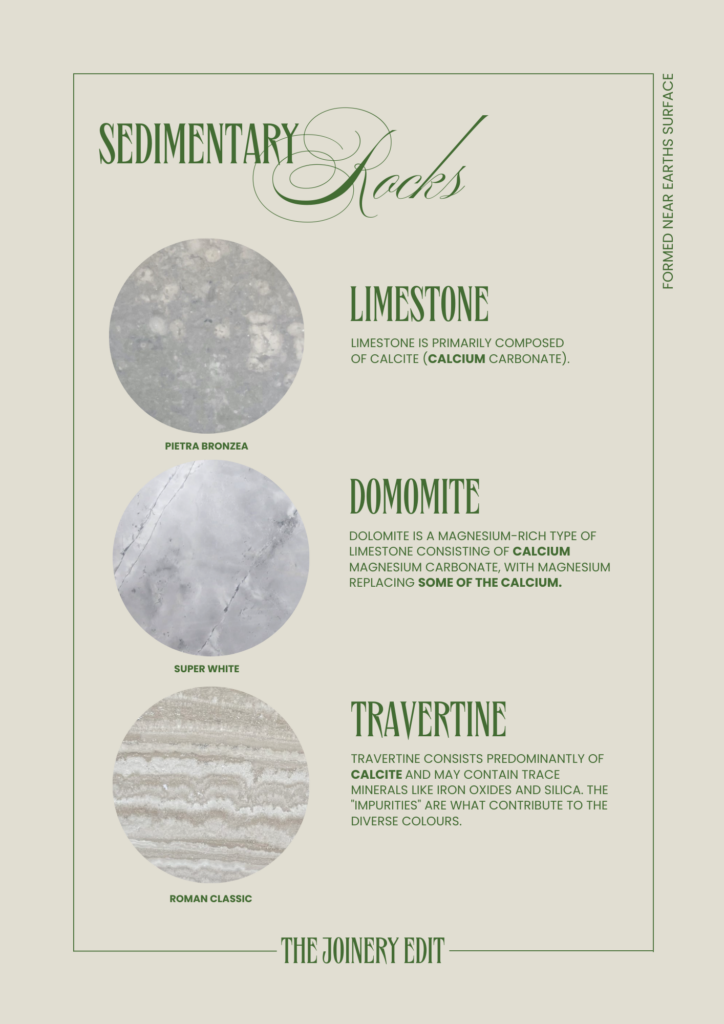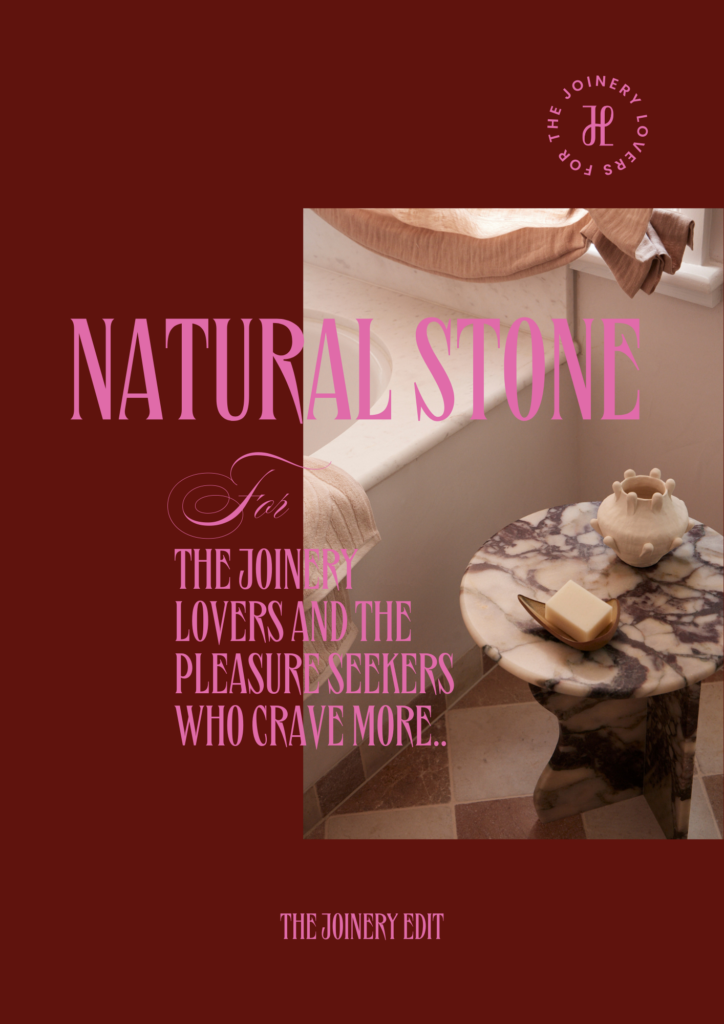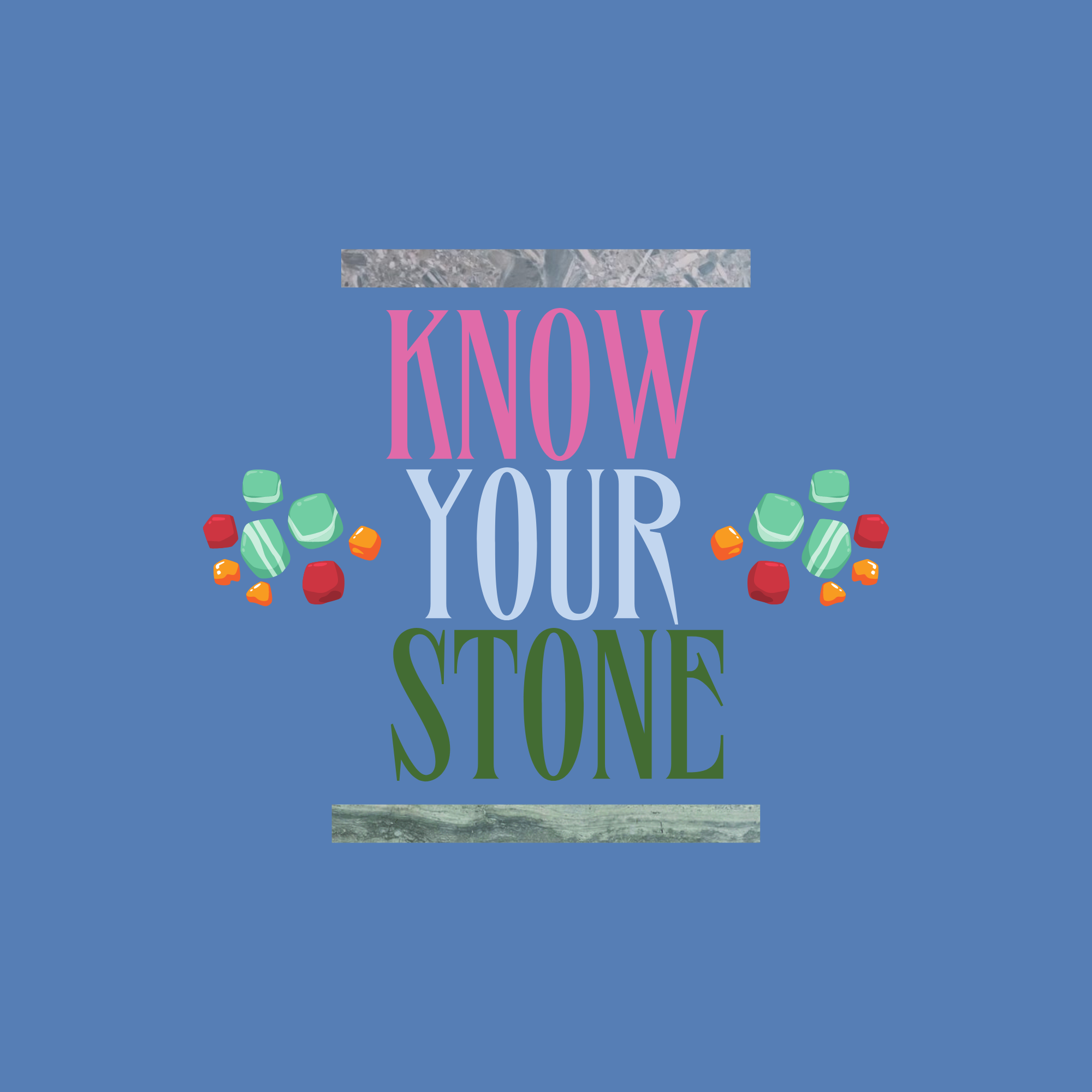We all know that natural stone is made by Mother Earth, right?
…Unless you have been living under a rock!
There are three main types of rock – Sedimentary, Metamorphic and Igneous.
Why is it important for designers to know this level of specific detail?
Because ensuring that you’re specifying a stone suitable for it’s end purpose is crucial.
Not all stones are equal; the formation process and mineral composition affect how they behave when installed (maintenance). One thing to clear up from the outset is the difference between the terms rock and stone. As you will notice, they can sometimes be interchangeable, but there are nuanced differences in their meanings.
ROCK: Is a naturally occurring substance composed of minerals, mineraloids, or organic materials. Rock is often used in a broader geological context to refer to larger formations or masses of consolidated mineral matter.
STONE: A naturally occurring solid substance composed of minerals or mineral-like substances. This is more commonly used to refer to smaller, individual pieces or fragments of rock that humans have used or shaped. Think stone slabs.
SEDIMENTARY ROCKS
Sedimentary rocks include but are not limited to Limestone, Dolomite, and Travertine.
Sedimentary rocks form on or near the Earth’s surface, unlike metamorphic and igneous rocks forming deep within the Earth. Visually sedimentary rocks typically have a distinctive bedding (linear banding). You can often see shells and skeletons (especially in limestone).

Mineral composition
The level of calcite in the stone determines how sensitive the stone is to acidic substances. Acidic foods include lemons, tomatoes, vinegar, oil, wine (all types), orange juices, and fizzy drinks.
So why does this matter?
Well, one of the biggest pushbacks I hear from clients is maintenance.
I’m not going to sugarcoat it; natural stone requires ongoing maintenance. It can etch, stain and get scratched, and for the record, so can engineered stones. Natural stone is considered a living finish and will patina over time. Like a beautiful vintage solid oak table (that gets better with age), you should embrace the residing story of stone as it develops its soul.
KEY POINTS TO REMEMBER:
+ Natural stone needs to be sealed when installed into a project; it should be factory-sealed as part of the installation process. Beyond this initial seal, the owner is responsible for resealing afterwards.
+ Why seal? Sealers repel dirt, stains and spills, making cleaning easier. It gives you more time to wipe up stains before they penetrating the stone.
+ Sealing HELPS prevent staining.
+ How often do you seal: this depends on the type of stone. At least once every 12 months, if not twice a year.
Sealing can be done yourself, or companies will come to you to seal.
+ Sealing does not prevent etching.
+ Sedimentary stones are more likely to etch because of calcite. The level of calcite will vary depending on the specific mineral composition, impurities and geological conditions during formation. Ask your stone supplier to determine the exact grade of a particular stone slab.

Natural Stone Refinishing
One of the best things about natural stone is that it can be refinished. What does this mean? Natural stone bench tops can be polished or honed on-site through wet grinding and finishing with a polishing compound to achieve the desired finish. The process is done in situ and is relatively mess-free, but it’s best to check with the technician.
No.17 house have a great video on their instagram which covers this beautifully – linked here. Image sourced from Athena Stonecare.
I also will be the first to say – it’s not a finish for everyone; as a designer, our job is to inform clients so they can be part of the process so we can manage their expectations and ensure they understand how to care for the finish. Nearly everything within our home requires maintenance; you clean windows, gutters, grout, and dust skirting boards, and yes, no one enjoys these tasks, but that’s being an adult!

Natural Stone Guide
A Guide That Covers Everything You Need To Know About Understanding Natural Stone.
Digital Product here

Comments +